Wild rice is a nutrient-packed grain that offers numerous benefits. But if you're seeking alternatives to wild rice for health or availability reasons, this article introduces ten excellent substitutes, including quinoa and farro. Discover how these grains compare in nutritional value and versatility in cooking. I'll guide you through their distinct flavors, textures, and optimal cooking methods, helping you integrate them into your favorite dishes effortlessly.
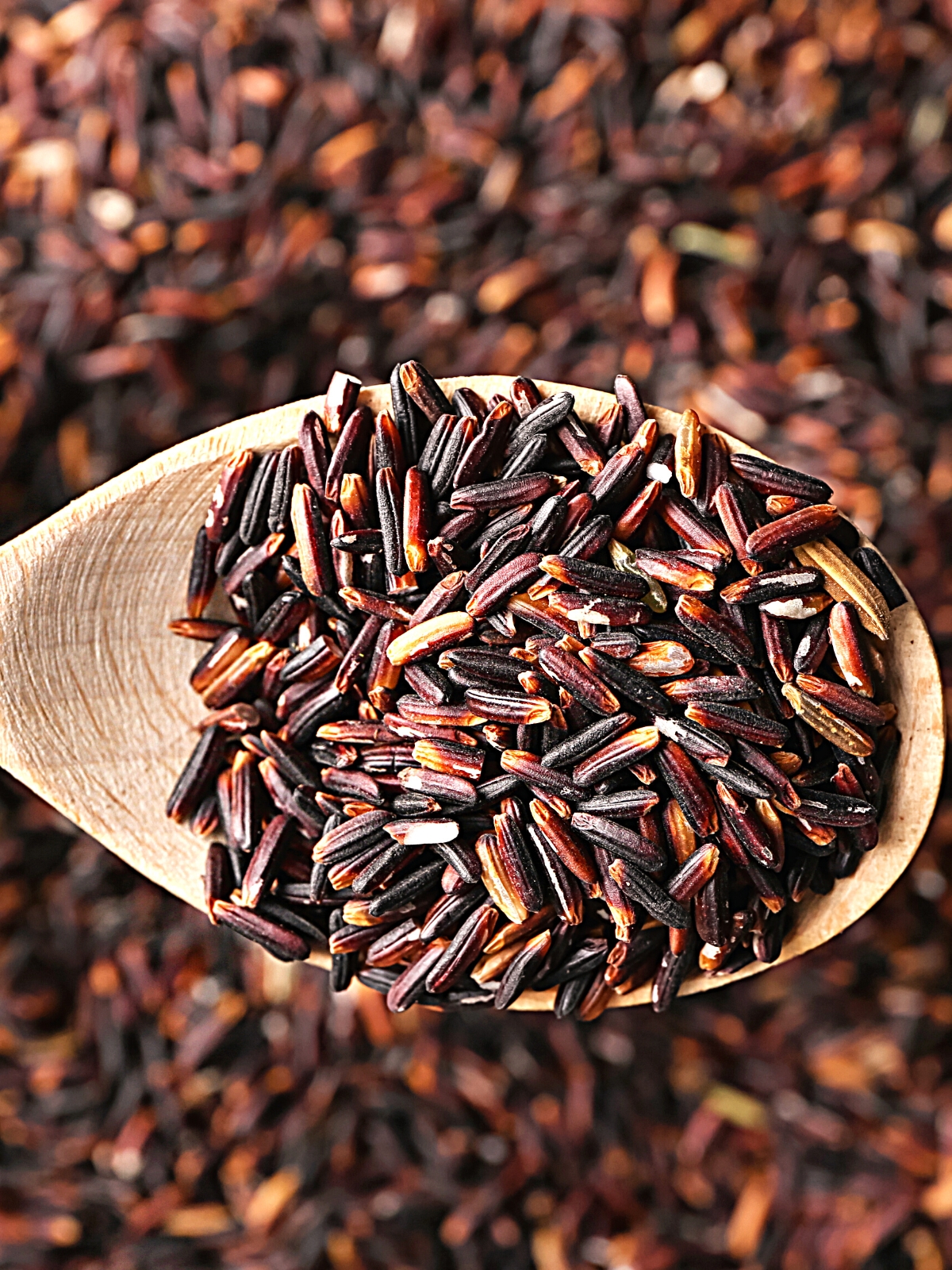
Jump to:
🌾 Grain Highlights
- Wild rice is a type of aquatic grass seed native to North America, known for its chewy texture, nutty flavor, and high nutritional value.
- According to the USDA Natural Resources Conservation Service, wild rice may be susceptible to ergot infection. Ergot is a fungus that can contaminate grains and pose health risks.
- If you're concerned about potential health risks, or just simply searching for a nutrient-dense substitute, there are many rice alternatives available.
- This post offers helpful information on ten nutritious options like farro, barley, bulgur wheat, and more.
- You'll also learn about their unique characteristics, cooking methods, and tips for incorporating them into your meals.
📜 List of Wild Rice Substitutes
In the following, we will explore some excellent alternatives to wild rice that can offer similar nutritional benefits and versatility in your meals.
1. Quinoa
Quinoa is a great food choice due to its high protein content and gluten free nature. According to Harvard T.H. Chan School of Public Health, quinoa, despite being technically a seed, is classified as a whole grain and is an excellent source of plant protein, making it a fantastic swap for wild rice, especially if you're looking for vegetarian nutrition.
Remember to rinse it well to get rid of its natural bitter coating, even though most quinoa you buy is pre-rinsed.
It's great for a lot of dishes, but watch out—quinoa turns mushy fast if overcooked. I aim for a texture that's soft but still has some crunch, just like what you'd get with cooked wild rice.
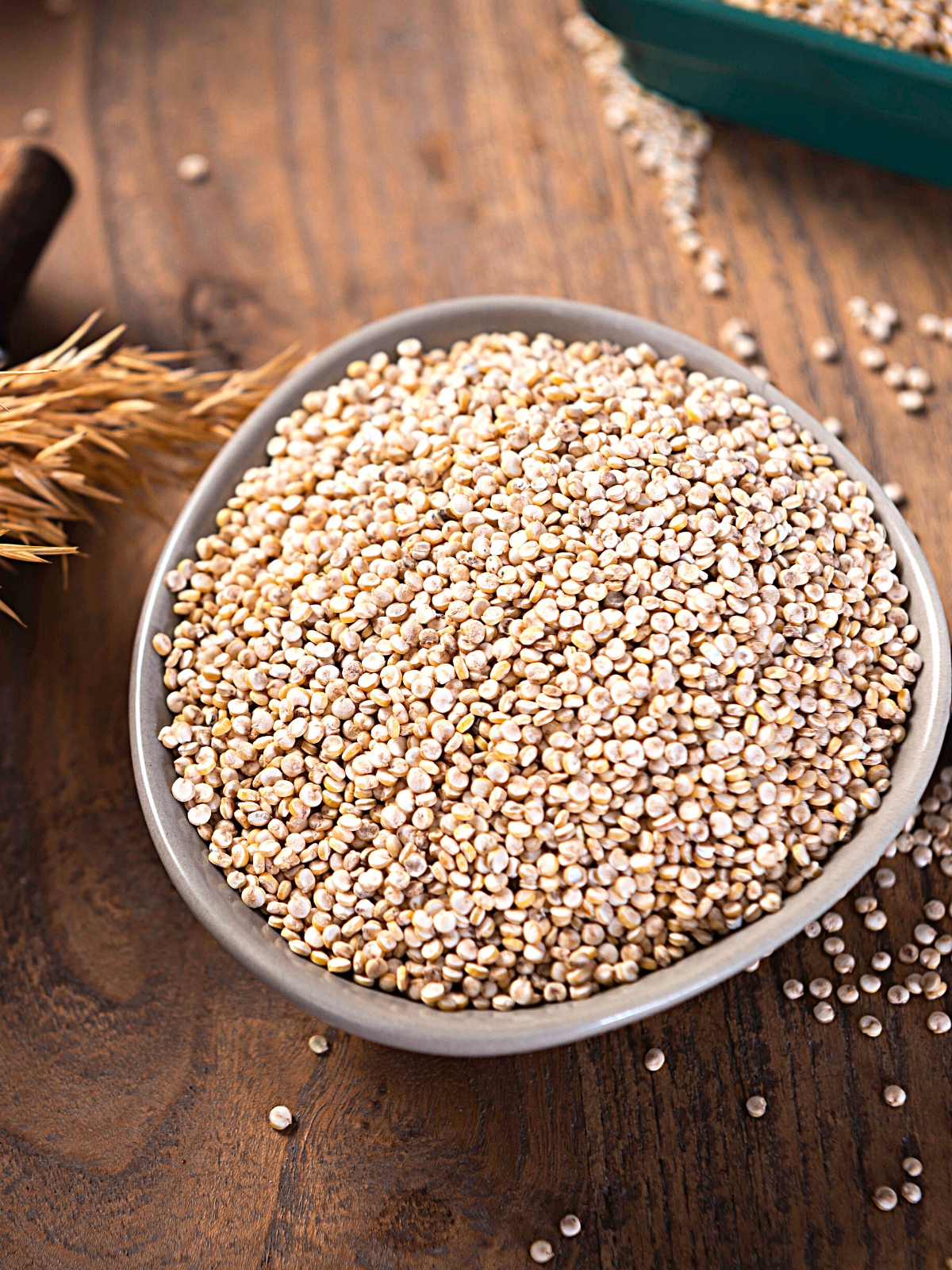
2. Farro
Farro, this ancient grain is a gem for its nutty taste, chewy feel, and nutritional richness, fitting perfectly into robust dishes like salads and soups.
It comes in whole, semi-pearled, and pearled varieties, each needing different cooking times, so always check the package.
To save time, you might soak farro overnight or use a pressure cooker. Just be careful not to overcook it; you want to keep that chewy texture intact, not turn it into mush.

3. Barley
Barley is a hearty pick with a pasta-like texture and a rich, nutty flavor, making it a great wild rice alternative.
It is a nutrient-rich grain, particularly abundant in fiber, including beta-glucan. According to Healthline, this high fiber content can help lower cholesterol and blood sugar levels. It does soak up a lot of water, so soaking it beforehand can speed up cooking.
Make sure to rinse it to clean off any dirt. Pick pearl barley if you're short on time, as it cooks quicker than hulled barley. To avoid mushiness, cook it in plenty of water and start checking if it's done early on. Barley's flexibility makes it suitable for a variety of dishes.
4. Brown Rice
Brown rice is a go-to because it's affordable, easy to find, and similar to wild rice in both texture and nutrition.
It keeps all parts of the grain, so it's full of nutrients but takes longer to cook than white rice. Using a rice cooker or pressure cooker can help cut down cooking time.
Getting the texture right—avoiding making it too chewy or sticky—is key. Pay attention to water ratios and cooking times depending on the brown rice type you're using. This will result in a fluffy, tender result that works well in many recipes where wild rice might be used. Give brown basmati rice a try; it's a flavorful option that works wonderfully in many dishes.
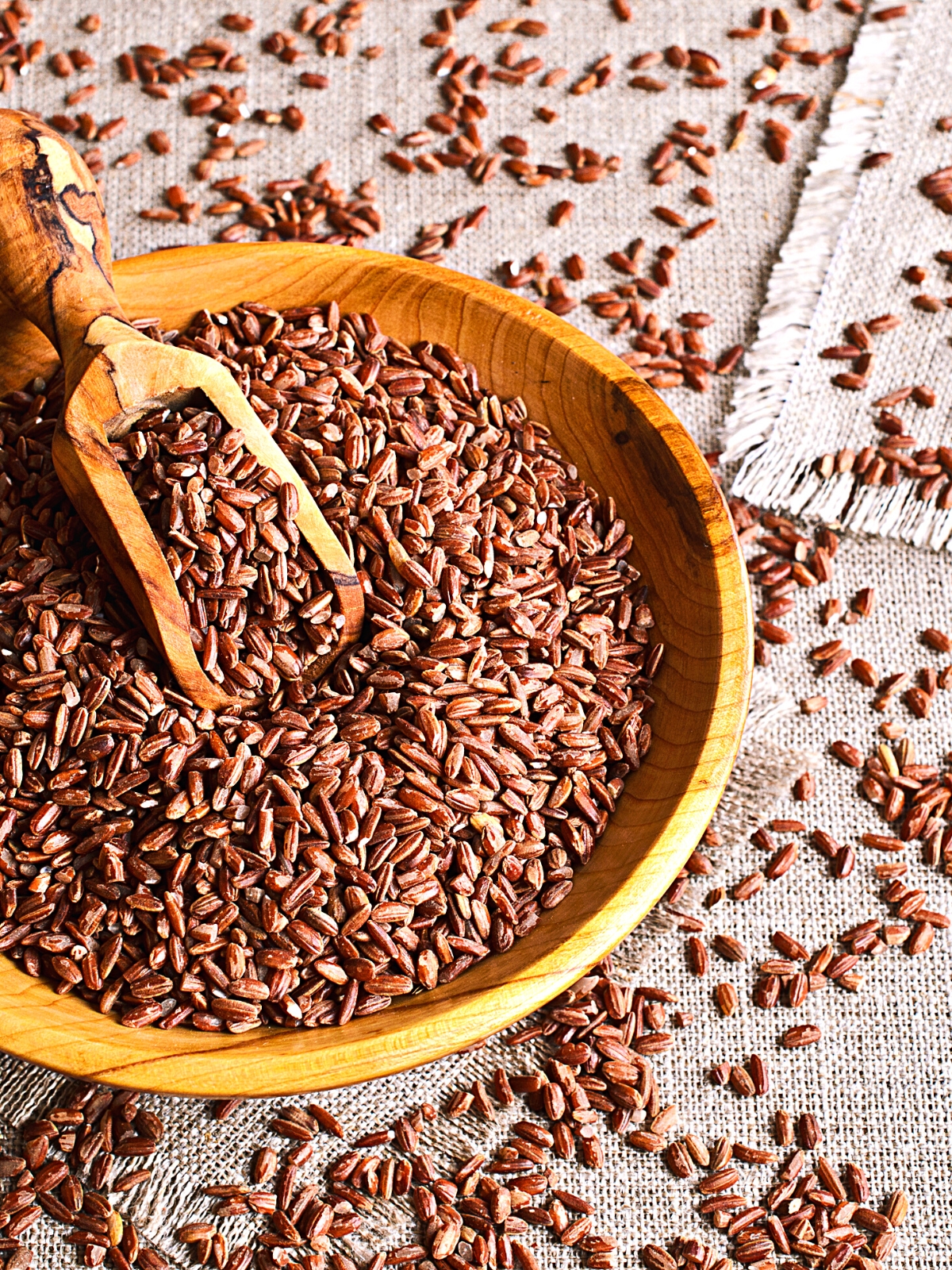
5. Whole-Wheat Couscous
Whole-wheat couscous is a go-to for quick, nutritious meals, thanks to its speedy cooking time and versatility. It brings a slightly nutty flavor and light, fluffy texture to dishes, making it perfect for salads and sides.
Since it can get mushy if overcooked or swamped with water, stick to a 4:5 couscous-to-water ratio and fluff with a fork to keep it just right. This approach ensures it maintains its appealing texture, offering a wholesome alternative to wild rice.
6. Bulgur Wheat
As per WebMD, bulgur wheat is a whole grain packed with fiber and nutrients, making it an excellent choice for healthy meal. It has a satisfying nutty taste and texture that shines in pilafs and salads.
The key to using bulgur is selecting the right grind; coarse for hearty dishes and fine for lighter fares like tabbouleh.
To keep it from becoming too soft, I recommend using a 2:1 water-to-bulgur ratio for coarse variants, adjusting this ratio down for finer grinds. Start assessing its readiness around the 10-minute mark.
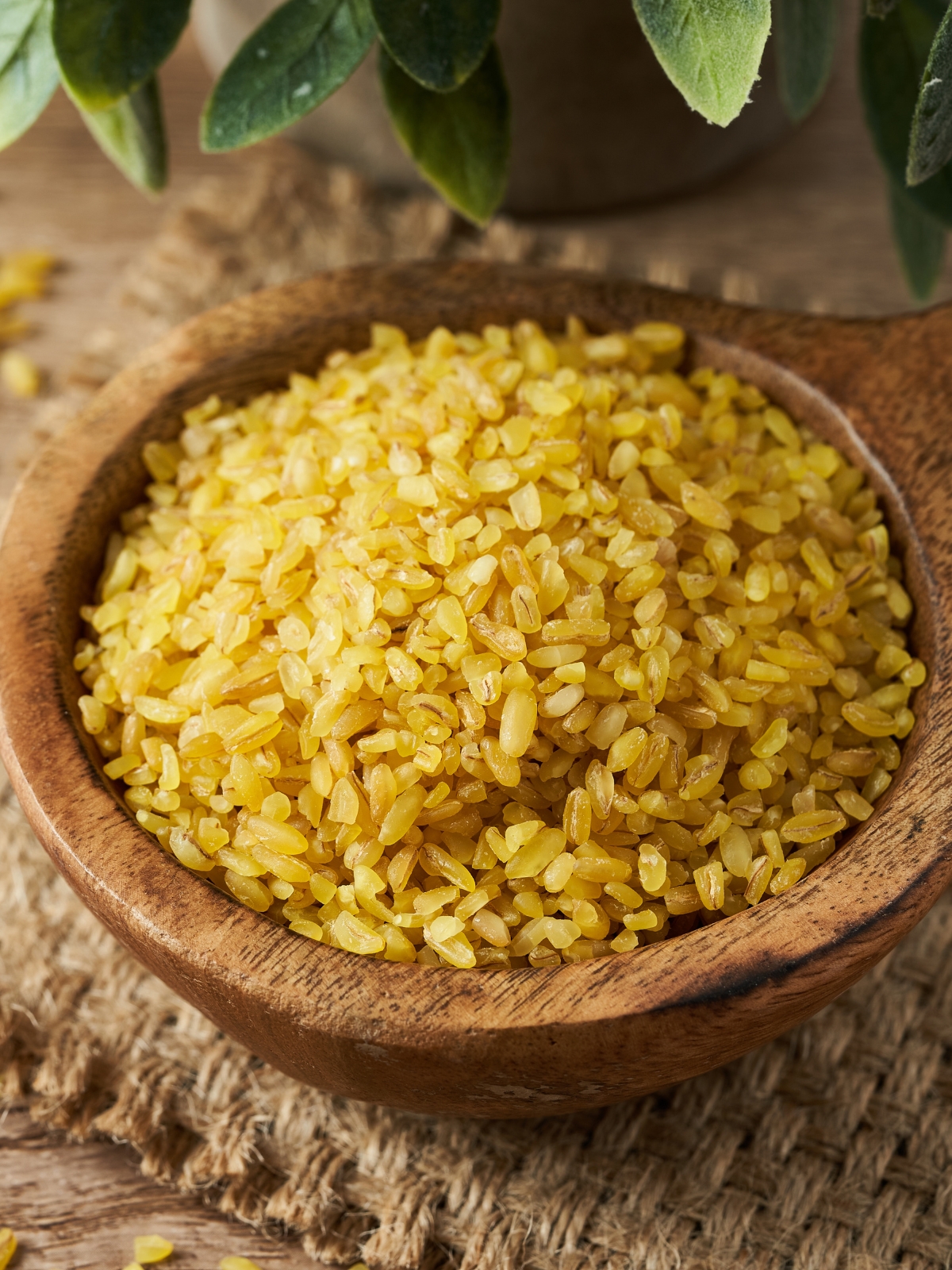
7. Black Rice
Black rice, also known as forbidden rice, stands out with its dramatic color, rich nutty taste, and impressive nutritional profile, including antioxidants
To reduce the cooking time, I find that soaking it for at least an hour is beneficial. Additionally, I've found that maintaining a 2:1 water ratio provides the best results.
Consider black rice for dishes where its unique color and flavor can truly stand out, checking for tenderness after 30 minutes to ensure a perfect cook.
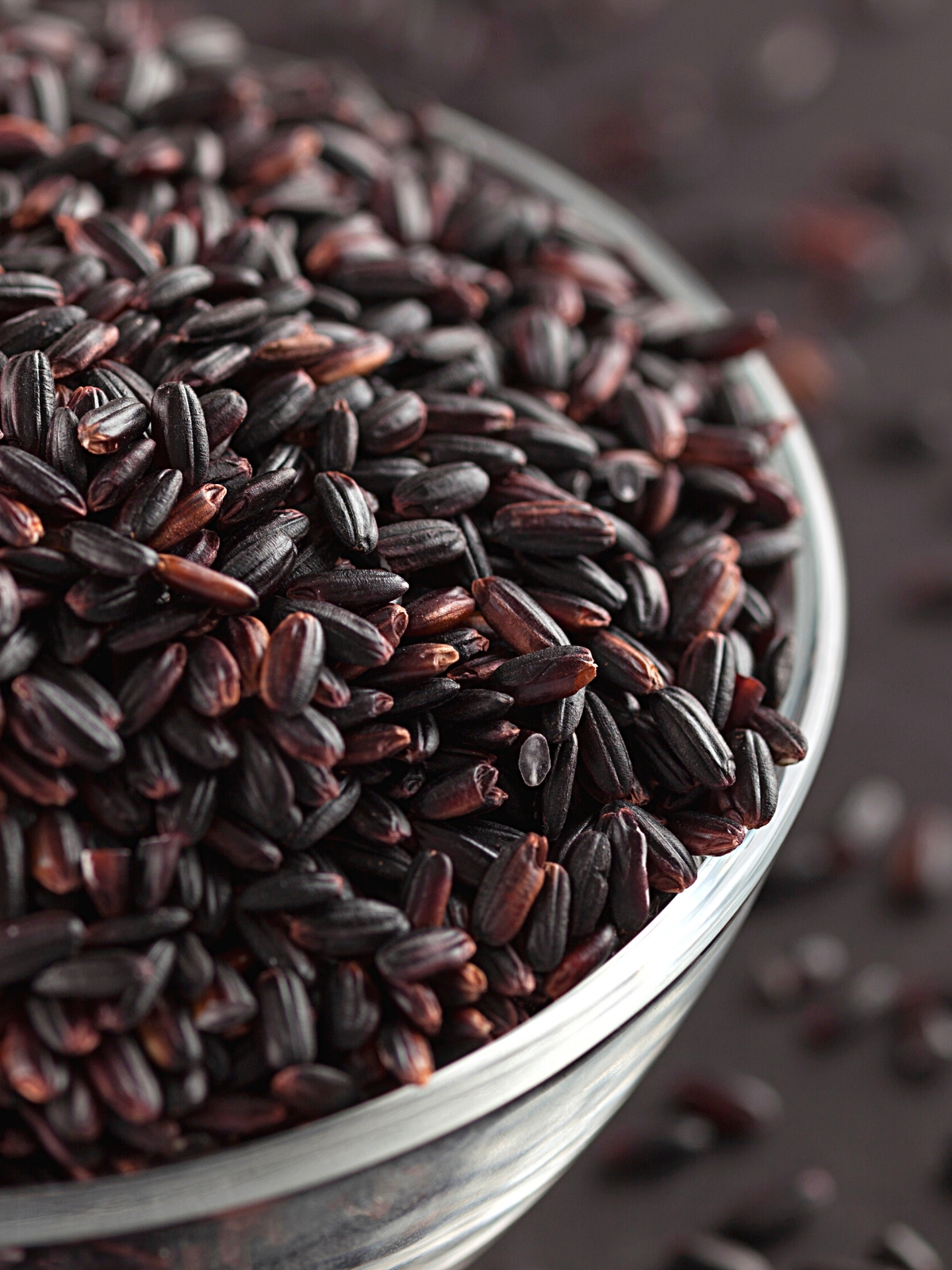
8. Basmati Rice
For basmati rice, you're looking at a classic with its fragrant aroma and elegant, long grains. It's a fantastic choice for dishes where the unique flavor and texture of wild rice aren't crucial.
To keep basmati from getting sticky or too soft, nailing the water ratio and avoiding overcooking is key. In this article, I've walked through the steps on how to cook basmati perfectly, ensuring you get fluffy, separate grains every time.
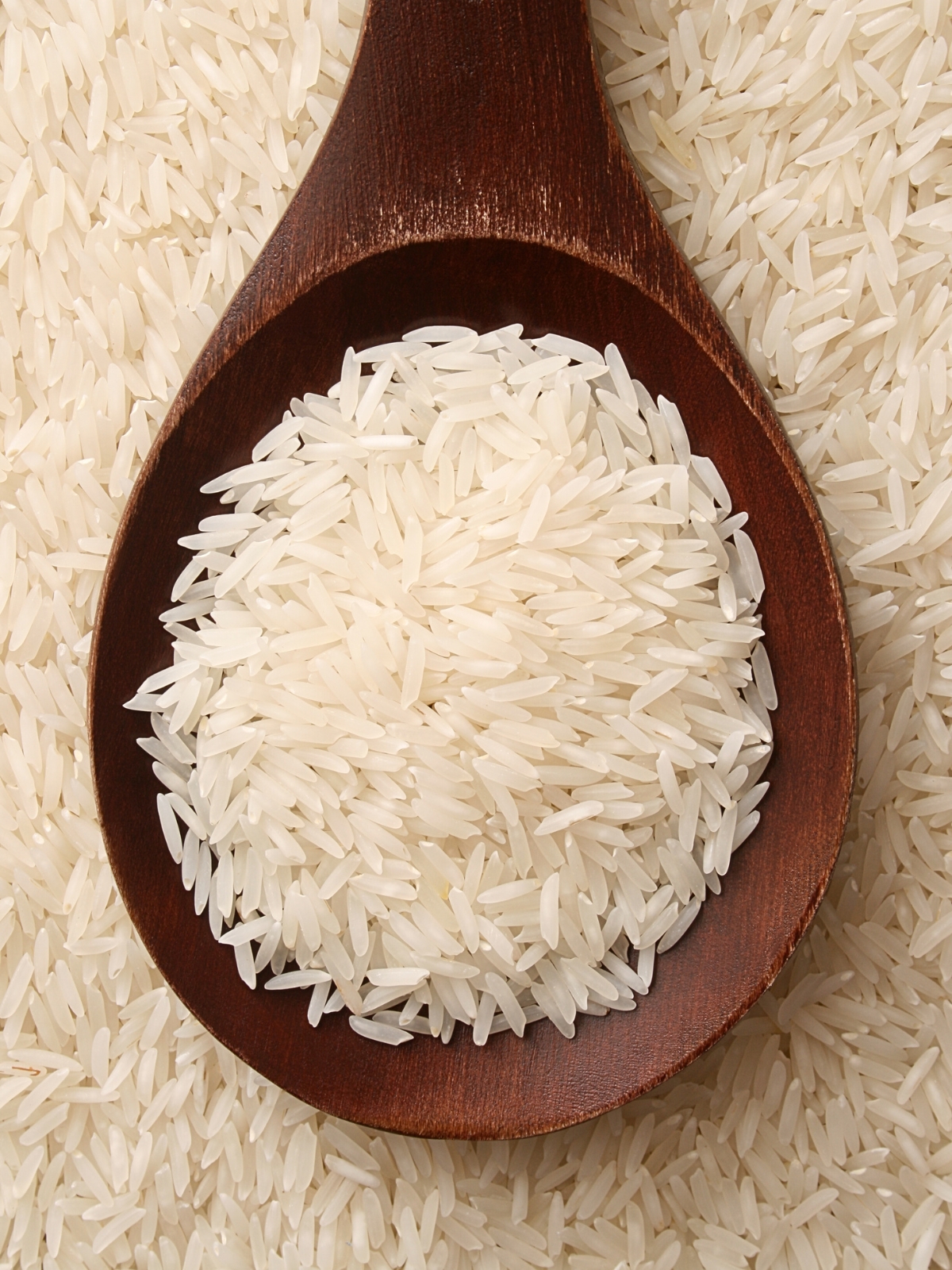
9. Jasmine Rice
Jasmine rice is your go-to for a subtle sweetness and a slightly sticky texture, perfect for dishes needing a fragrant lift.
To avoid the sticky trap or a mushy outcome, give jasmine rice a good rinse to wash off the surface starch.
For an ideal texture, aim for a water-to-rice ratio of about 1.25:1. Once done, remember to fluff it with a fork to separate those beautiful grains.
10. Red Rice
If you're looking for a grain similar to wild rice, red rice is a great option. It possesses a nutty taste and pleasing texture akin to that of wild rice, and it's loaded with antioxidants and fiber. According to Healthline, red rice is rich in flavonoid antioxidants and has a higher fiber content, making it a nutritious choice.
Its robust color might change the look of your dish, but in a good way. Soaking red rice for a few hours cuts down on cooking time. For the best results, I use a 2:1 water-to-rice ratio and simmer until it's tender, which typically takes about 25-30 minutes.

🙋♀️ People Also Ask [FAQs]
Each substitute brings its unique flavor and texture that can complement dishes similarly to wild rice. Quinoa offers a nutty flavor with a tender bite, while farro and barley provide a chewy texture and rich, nutty taste. Black, basmati, and jasmine rices each add their aromatic and distinctive flavors, with textures ranging from chewy to slightly sticky.
Cooking these substitutes varies: quinoa and couscous cook quickly, making them convenient options. Farro and barley take longer and may require soaking to reduce cooking time. Bulgur cooks swiftly, especially if you choose a finer grind.
Some substitutes work better for specific dishes. Quinoa and couscous are great in salads and side dishes due to their light texture. Farro and barley excel in soups and hearty salads. Bulgur is perfect for pilafs and tabbouleh.
Each substitute brings its unique flavor and texture that can complement dishes similarly to wild rice. Quinoa offers a nutty flavor with a tender bite, while farro and barley provide a chewy texture and rich, nutty taste. Black, basmati, and jasmine rices each add their aromatic and distinctive flavors, with textures ranging from chewy to slightly sticky.

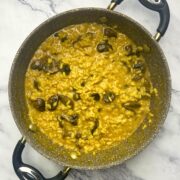

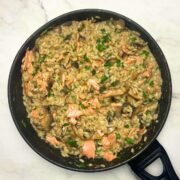
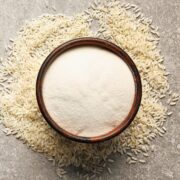
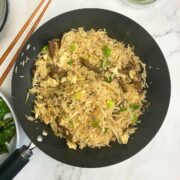
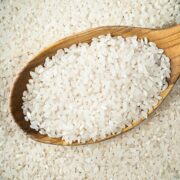
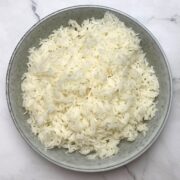
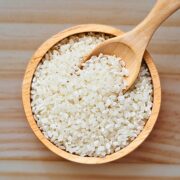
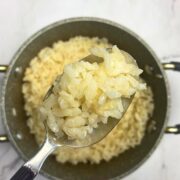

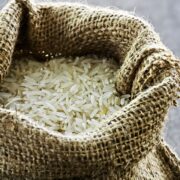
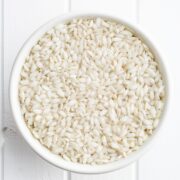
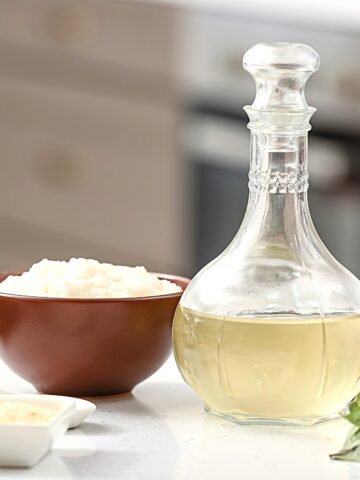
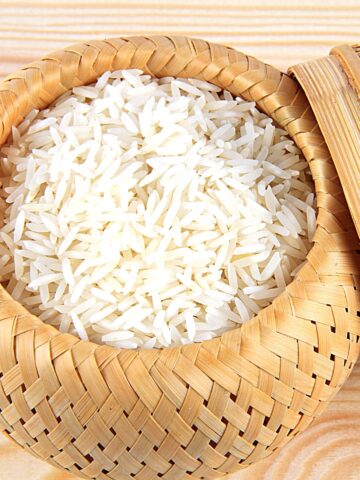
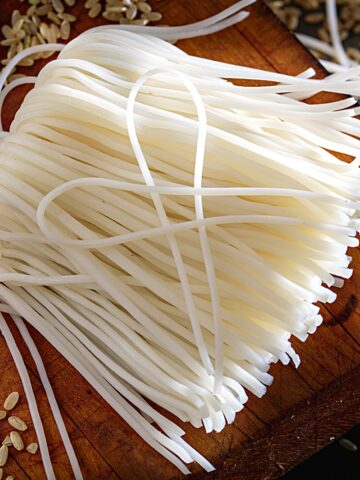
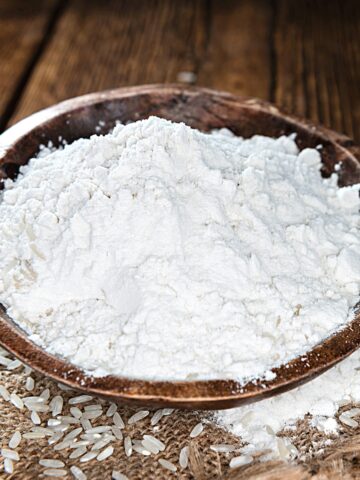
Karen Asher
Thank you! Very thorough and helpful!